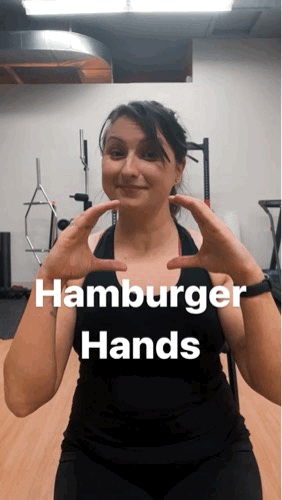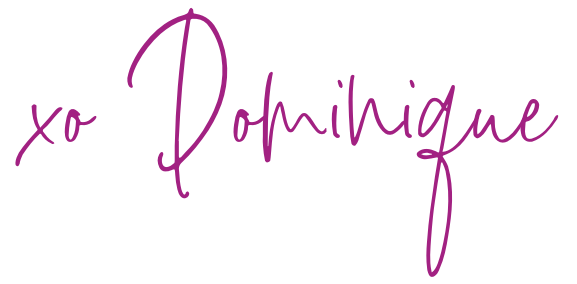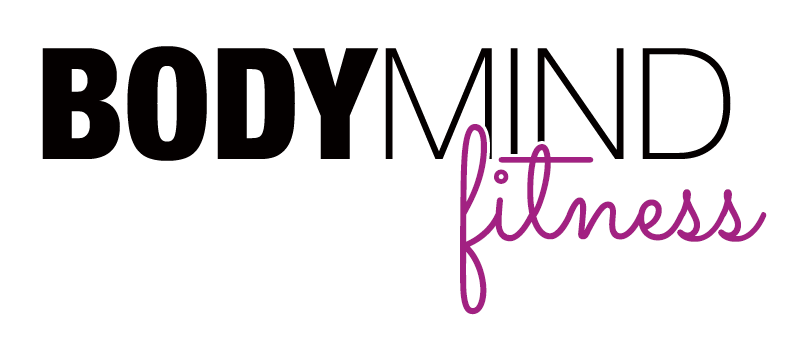When I share how much your pelvic health can be improved with breath, I'm typically met with an eye roll and a sigh (in no particular order). That probably has a lot to do with the fact that breathing is a natural act that we don't really pay that much attention to. It's not just breathing, it's how you use your breath, especially in the early stages of improving your pelvic health in movement, and a subtle change can create a difference immediately.
Here's the thing, you don't need to use the breath techniques below 24/7, they are tools to get the right muscles moving internally to support your movement symptom-free. At the beginning, it'll require active thought, but the end result is that your breath and muscles with become second nature as you move through life when you need it. Afterall, your pelvic pressure system which makes up not just your pelvic floor, but also your diaphragm (directly tied to your breathing), transversus abdominus (innermost layer of abdominal muscles), and multifidi (a back muscle that runs up the length of the spine - it looks like a braid to me). These muscles are meant to predict every single movement in your body from lifting your arm overhead to running, jumping, laughing, sneezing, and coughing.
Example, you have a thought, "I'm going to lift my arm overhead", these muscles contract all together a moment before you lift your arm over your head. Same thing just before you run, jump, laugh, sneeze, cough. These two contractions are very different. Lifting your arm overhead is very easy movement, very low impact movement compared to the later - so less of a contraction needs to be made. Your body is naturally matching the tension to the task at hand.
When pelvic floor concerns come up, it's because somewhere along the way things got lost in translation, meaning these muscles aren't working together to make these predictions. This could be from injury, surgery, pregnancy, childbirth, habits, age, athleticism, trauma - just to list a few.
So what exactly can you do? The way we use the breath can basically just nudge these muscles in the direction to allow you to move with less back pain and leak free. It really can be that simple.
So without further ado, allow me to introduce you to some of my favourite tips when it comes to addressing pelvic floor function in yoga and weight lifting. And just a reminder, some of these breathing techniques can create improvements right here, right now.

360° Breathing

Also known as rib cage breath. Of all the breathing exercises that are introduced in yoga classes, this would be the one that I suggest you incorporate into the majority of your day. We typically breathe into the chest, and this is actually a stress response in the body.
By incorporating 360° Breathing, this encourages the diaphragm and pelvic floor to lengthen, expand and widen when you breathing in. And when you breathe out, these muscles draw in and lift up. This isn't something forced, this is naturally meant to happen in the body when you breathe, and 360°
Breathing will help bring this natural movement back in - especially when paired with alignment.
How to do it: Imagine you're holding a big juicy hamburger in your hands, and then take this hand position to your rib cage. Try breathing into the space between your four fingers and your thumb. The try breathing into the thumbs. Now try to breathe into your four fingers, the space between, and your thumbs at the same time.

Blow Before You Go
Though I'm not sure if he coined it, it's a term I became familiar with through the work of Antony Lo - The Physio Detective.
The typical breath recommendation in strength training is to exhale during the hardest part of the movement. Or in the case pelvic floor concerns, breathing out in the part of the movement where your symptoms are popping up. And while this is understood by the average person, our natural tendency is to hold our breath through the beginning of the hardest part of the movement and then halfway through the movement there's an explosive exhale.
Pressure naturally occurs in the body when we do hard things. When you hold your breath that pressure wants to go somewhere, so it will try to escape through your weakest link - which tends to be either the pelvic floor or the linea alba (soft tissue between the "six-pack" muscles, where Diastasis Recti - abdominal separation, occurs in pregnancy).
How to do it: this ones pretty simple, in theory, you start to exhale just a second before you start the hardest part of the movement. Example: at the bottom of your squat - exhale and then push up to standing. When jumping, exhale just before you start the jump so you land while you're still exhaling.

Balloon Breathing
I mentioned how breathing impacts the diaphragm and the pelvic floor in 360° Breathing, but the core is actually impacted by the breath as well, specifically on the exhale - it engages or contracts. Again, it isn't by much because it's not needed, but it's another reason we breathe out during the most challenging part of a movement or when we're having pelvic floor symptoms.
With Balloon Breath we can emphasize that contraction - and it directly impacts the pelvic floor bringing it into a contraction as well (I know this is a lot and I hope you're still following me here).
How to do it: Breathe in through the nose (another great place to incorporate 360° Breath), and then exhale (Blow Before You Go) through pursed lips like you're trying to blow up a balloon. Now you really need to commit to this imaginary balloon. Balloons can be tough to inflate, especially with the first breath, and often we automatically, without thinking about it engage the abdominals to more forcefully get the breath into the balloon and stretch it out. If you've never tried to blow up a balloon or can't quite remember, go buy one and give it a whirl just to get that feeling. Again, this isn't meant to be a forever thing, but it will help remind the core to engage during movement, and spread the load a little. You'll also be amazed how much easier an exercise can feel overall, not just from a pelvic floor perspective, when you use your breath intentionally in movement practices like heavy weight lifting.

Nose Breathing
Finally, my favourite, mainly because at the time I'm writing this, I'm doing my own exploration with nose breathing. Without getting too much into the science of it, when you breathe with your nose, the nose releases nitric oxide, which helps widens the blood vessels. This helps to circulate oxygen through the body. It's actually the whole concept behind Viagara™️, except focused on a different part of the body.
When we breathe with the mouth, there's a lack of NO being prouced by the body and this is why your lungs might give out before your body does, or you start to cramp up or muscles seize, and let's face it, no one likes that feeling - and if you're like me when it comes to running before nose breathing, you may quit that activity deciding you're just not a runner/exerciser/etc (note: still not sure I like running, but I'm going to try a 5K before I make up my mind about it).
You'd be surprised just how much we breathe through the mouth, when you actually pay attention. We sip breaths in through the mouth to keep conversations going, many of us breathe through the mouth during exercise, and mouth breathing is a stress response - something we touched on in 360° Breathing, coincidence?
How to do it: I'm not going to lie, this is hard work - it's why I'm still in it myself. Start by paying attention to your breath in everyday life, and just try to breathe through the nose as much as possible. Pause in your conversations, breathe in through the nose and then carry on. Dial back the intensity (temporarily) in your exercises and try breathing in through your nose. Meditate. If you're still having trouble - try taping your mouth closed when you sleep to get a solid 7-8 (or whatever amount of time you've set aside from sleep) of nose breathing.
View this post on Instagram
The first few times, chances are the tape will be found unstuck, hanging off your upper lip, or lost in your bedsheets. I also highly recommend The Oxygen Advantage by Patrick McKeown, the book I've been using in my own explorations. There's some really great exercises and information - you'll start to really understand why this is such a big deal to me.
Remember, these breath tehnniques are meant to be strategies to start integrating natural responses in the body when it comes to the pelvic pressure system. You do not need to breathe this way 24/7. It will take active thought at first, but with time, patience and practice your body will start to respond more naturally in the movements where you need it the most - matching the tension to the task.
So there you have, an amazing starting point to start to using your breath more intentionally to not only improve your pelvic health, but also your performance in exercise, getting to your goals faster and to start enjoying exercise more.
So here's your mission, should you choose to accept it - try these breath techniques out and see which one resonates with you the most, and put it into practice. And if you're looking for more tips and strategies beyond breath to build and reclaim your strength and confidence by lifting heavy, easing your back pain and ditching the pad for leak free movement book a $0 Consultation Call to start Personal Training Today!






